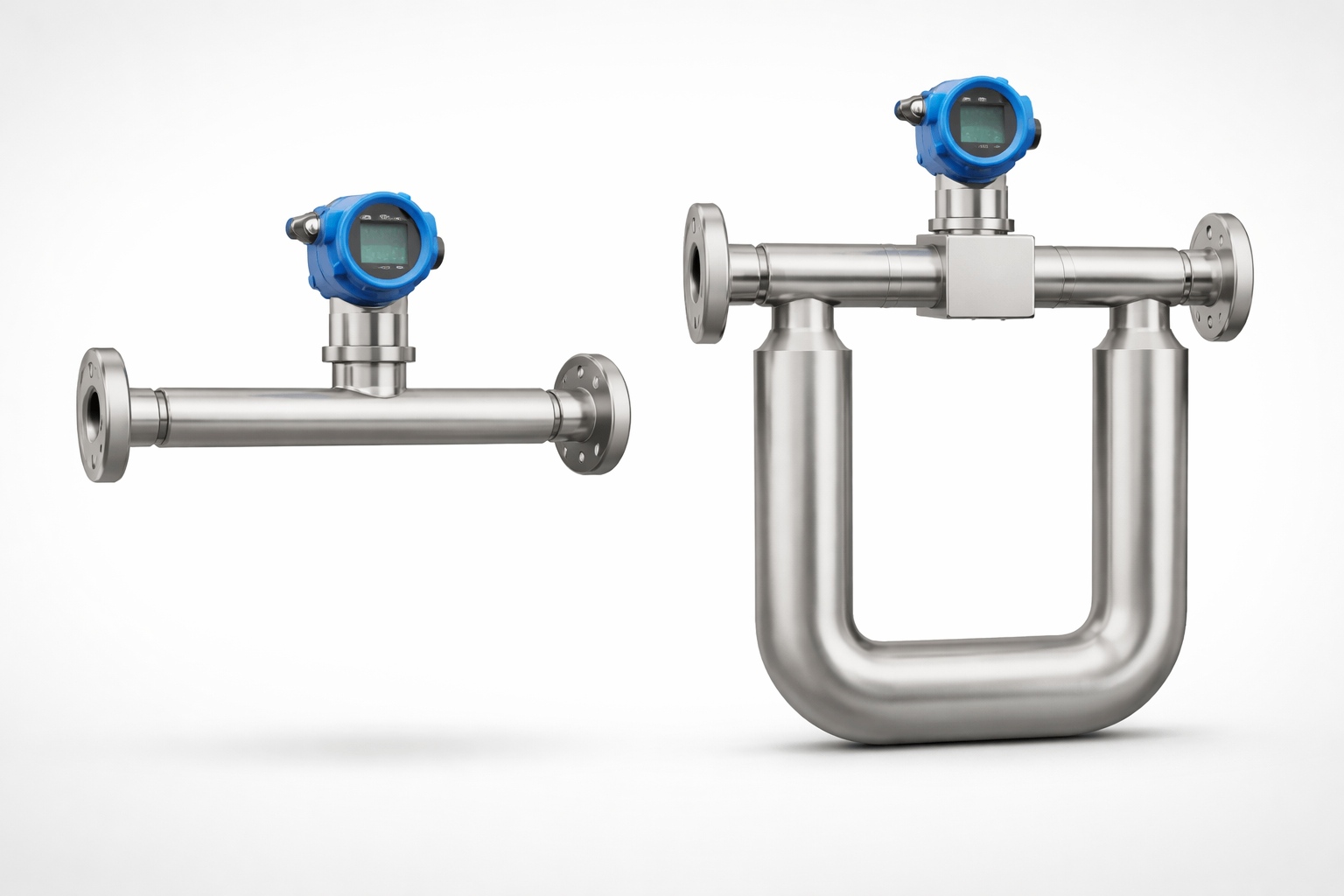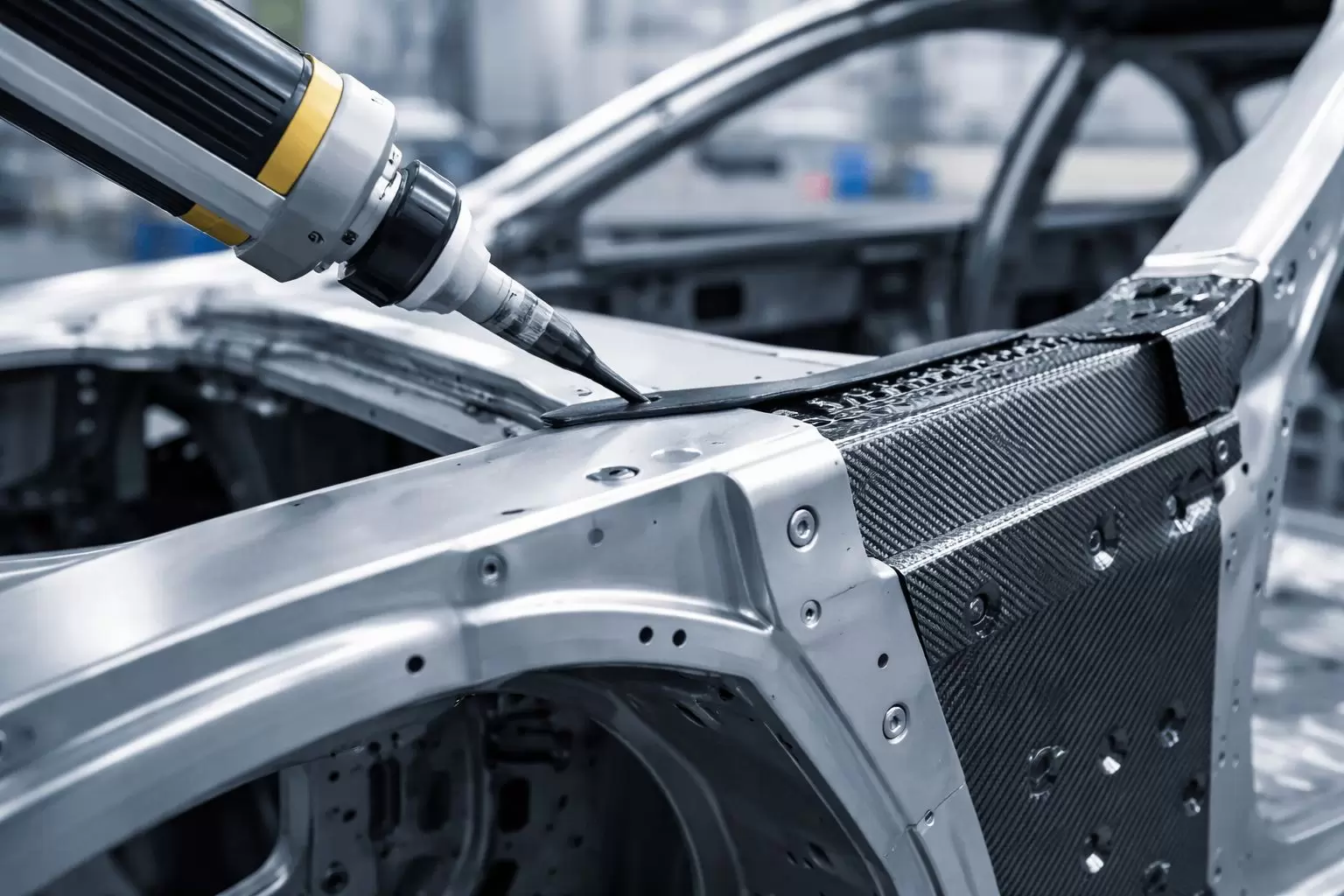When it comes to storing fresh tomatoes, a common question arises: Should you keep tomatoes in a plastic bag? This seemingly simple query opens the door to a deeper exploration of tomato storage practices, the science behind ripening, and the impact of various storage methods on flavor and texture. In this article, we will delve into the nuances of tomato storage, providing you with practical insights to maximize the freshness and taste of this beloved fruit.
The Science of Ripening
Tomatoes are unique among fruits due to their climacteric nature, which means they continue to ripen after being harvested. This process is driven by ethylene gas, a natural plant hormone that promotes ripening. When tomatoes are stored together, especially in a confined space like a plastic bag, the concentration of ethylene gas increases, potentially accelerating the ripening process. While this can be beneficial for unripe tomatoes, it can also lead to over-ripening and spoilage if not monitored carefully.
The Case Against Plastic Bags
- Moisture Retention: One of the primary concerns with storing tomatoes in plastic bags is moisture retention. Tomatoes have a high water content, and when placed in a sealed plastic bag, condensation can form, creating a humid environment. This excess moisture can lead to mold growth and accelerate spoilage, diminishing the quality of the tomatoes.
- Lack of Air Circulation: Tomatoes benefit from good air circulation, which helps to regulate temperature and humidity levels. Plastic bags restrict airflow, trapping heat and moisture, which can lead to uneven ripening and a mushy texture. For optimal flavor and texture, tomatoes should be stored in a well-ventilated area.
- Flavor Compromise: The flavor of tomatoes is intricately linked to their ripening process. When stored in a plastic bag, the rapid ripening can result in a loss of the complex flavors that develop over time. For those who appreciate the nuanced taste of a perfectly ripened tomato, avoiding plastic bags is advisable.
Alternative Storage Methods
Given the drawbacks of plastic bags, what are the best practices for storing tomatoes? Here are some expert-recommended methods:
- Countertop Storage: For ripe tomatoes, the countertop is often the best place for storage. Keep them at room temperature, away from direct sunlight, and in a single layer to prevent bruising. This method allows the tomatoes to breathe and continue ripening naturally, enhancing their flavor.
- Paper Bags: If you have unripe tomatoes that need a little help to ripen, consider using a paper bag. This method allows for some ethylene gas concentration while still providing adequate airflow. Simply place the tomatoes in a paper bag and fold the top to keep them contained. Check them daily to monitor ripeness.
- Refrigeration for Overripe Tomatoes: If your tomatoes are fully ripe and you cannot consume them immediately, refrigeration may be necessary to extend their shelf life. However, it’s important to note that refrigeration can dull the flavor and alter the texture. If you choose this method, allow the tomatoes to come back to room temperature before consuming to help restore some of their flavor.
Conclusion: The Best Practices for Tomato Storage
In conclusion, while the question of whether to keep tomatoes in a plastic bag may seem trivial, it opens up a broader discussion about the best practices for storing this versatile fruit. The consensus among culinary experts is clear: avoid plastic bags to preserve the quality, flavor, and texture of your tomatoes. Instead, opt for countertop storage or paper bags for ripening, and use refrigeration judiciously for overripe tomatoes.






